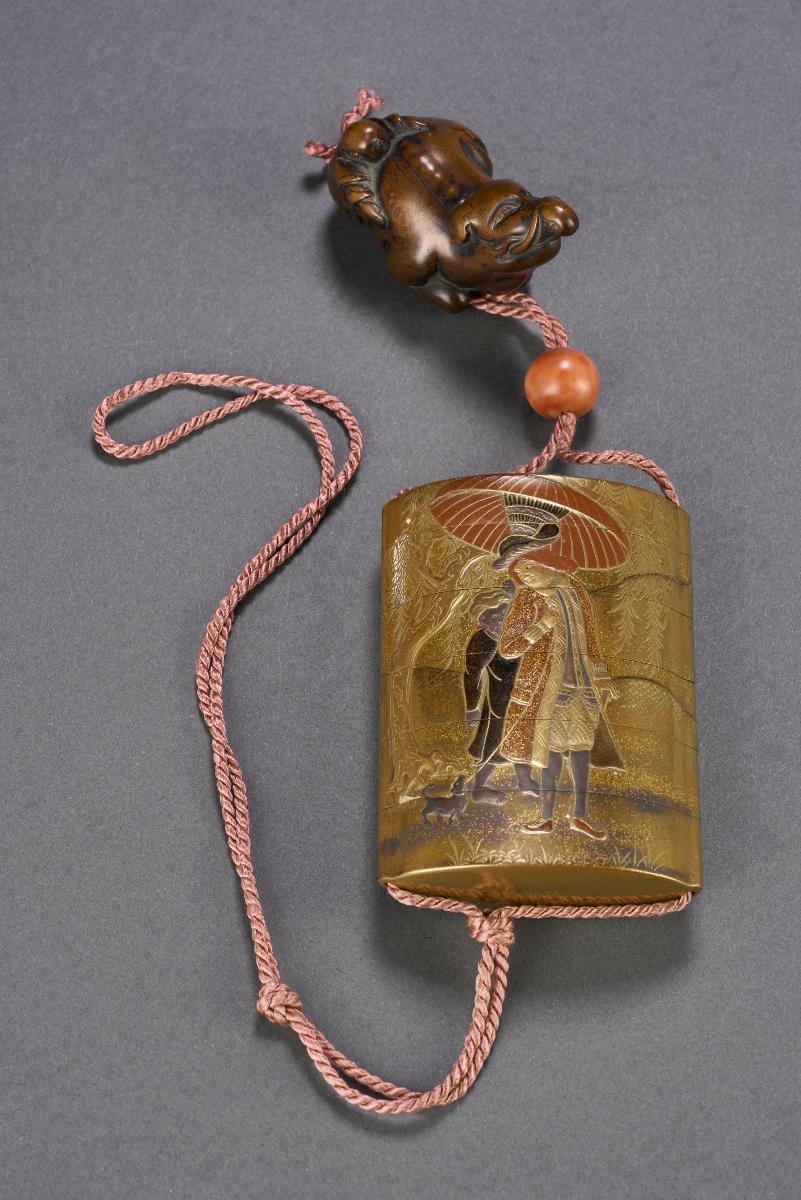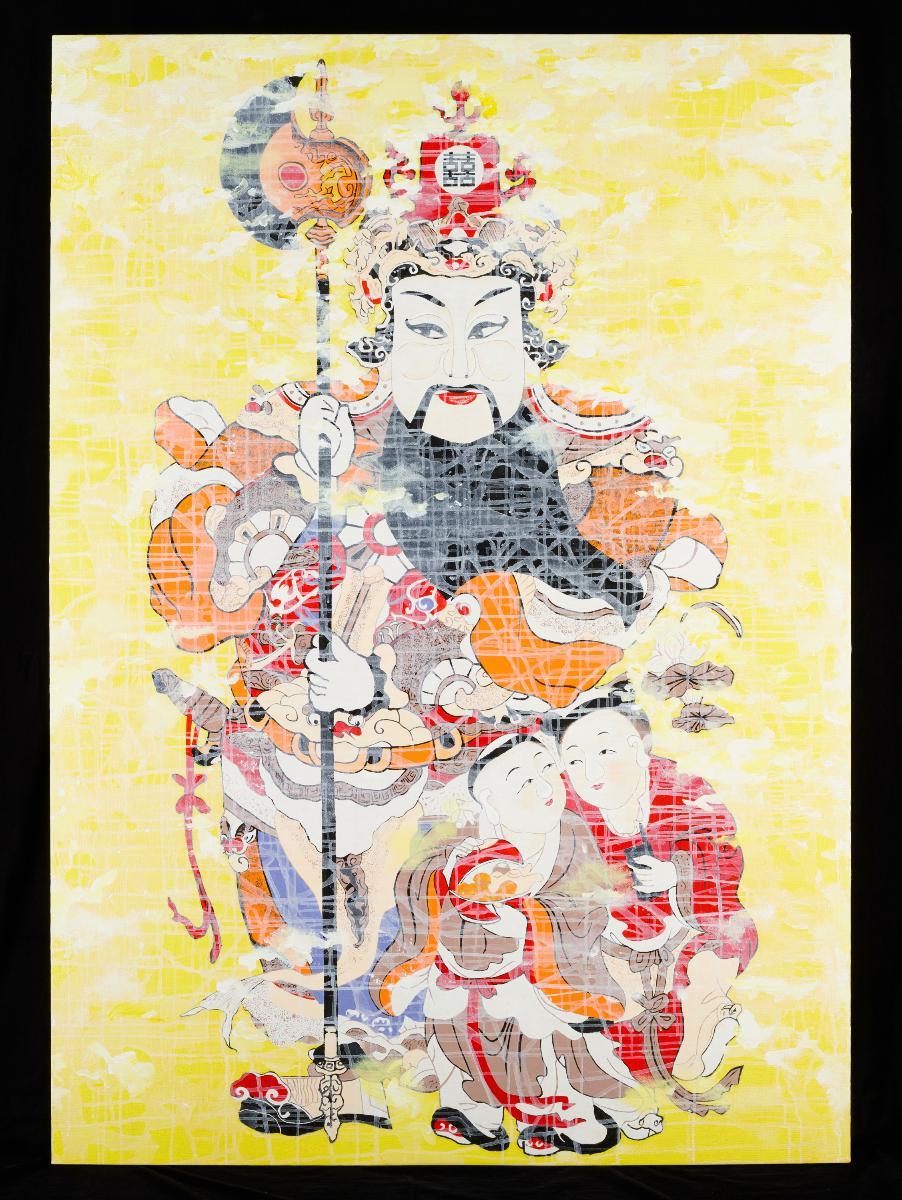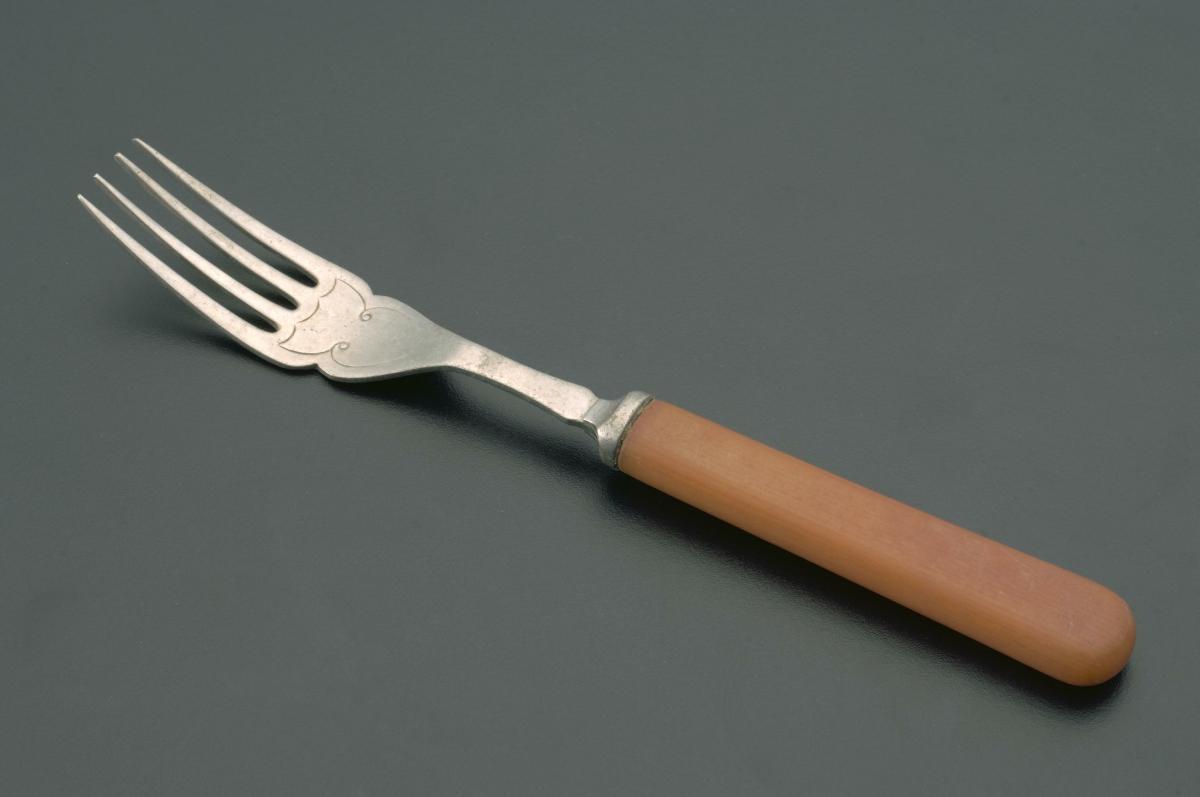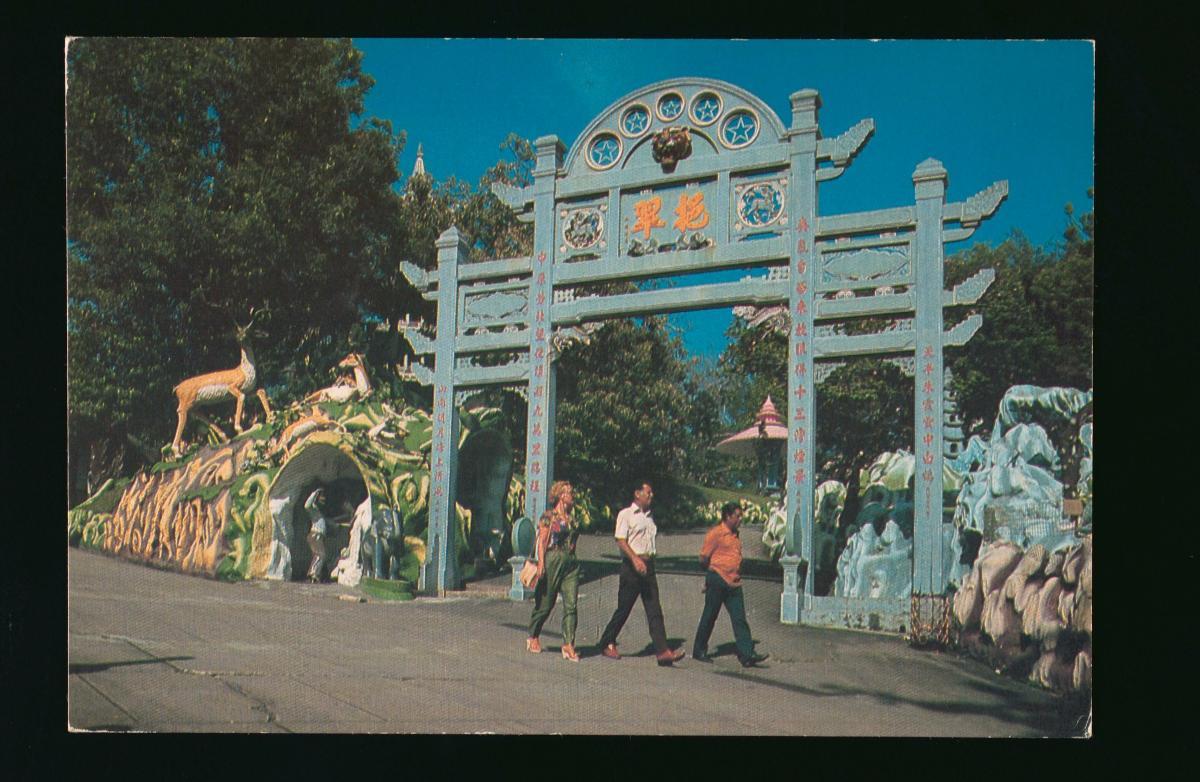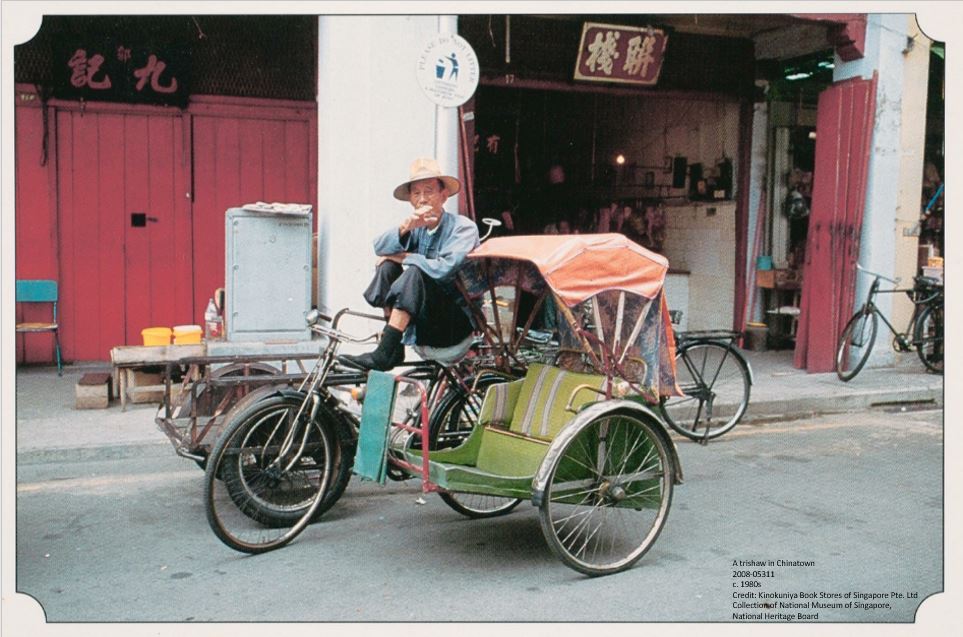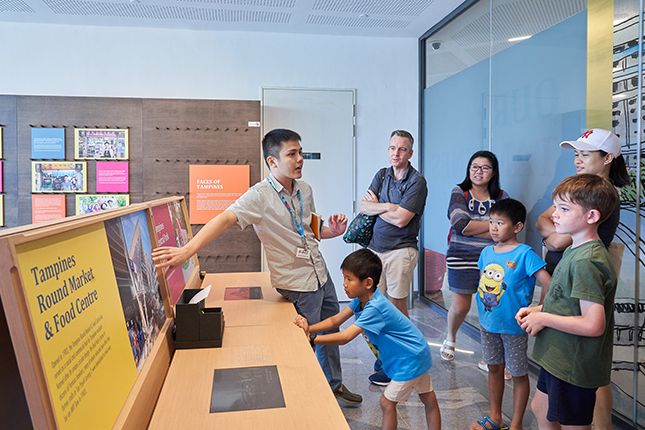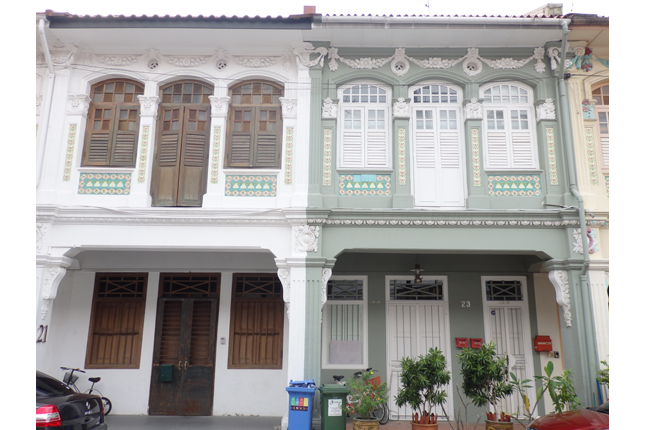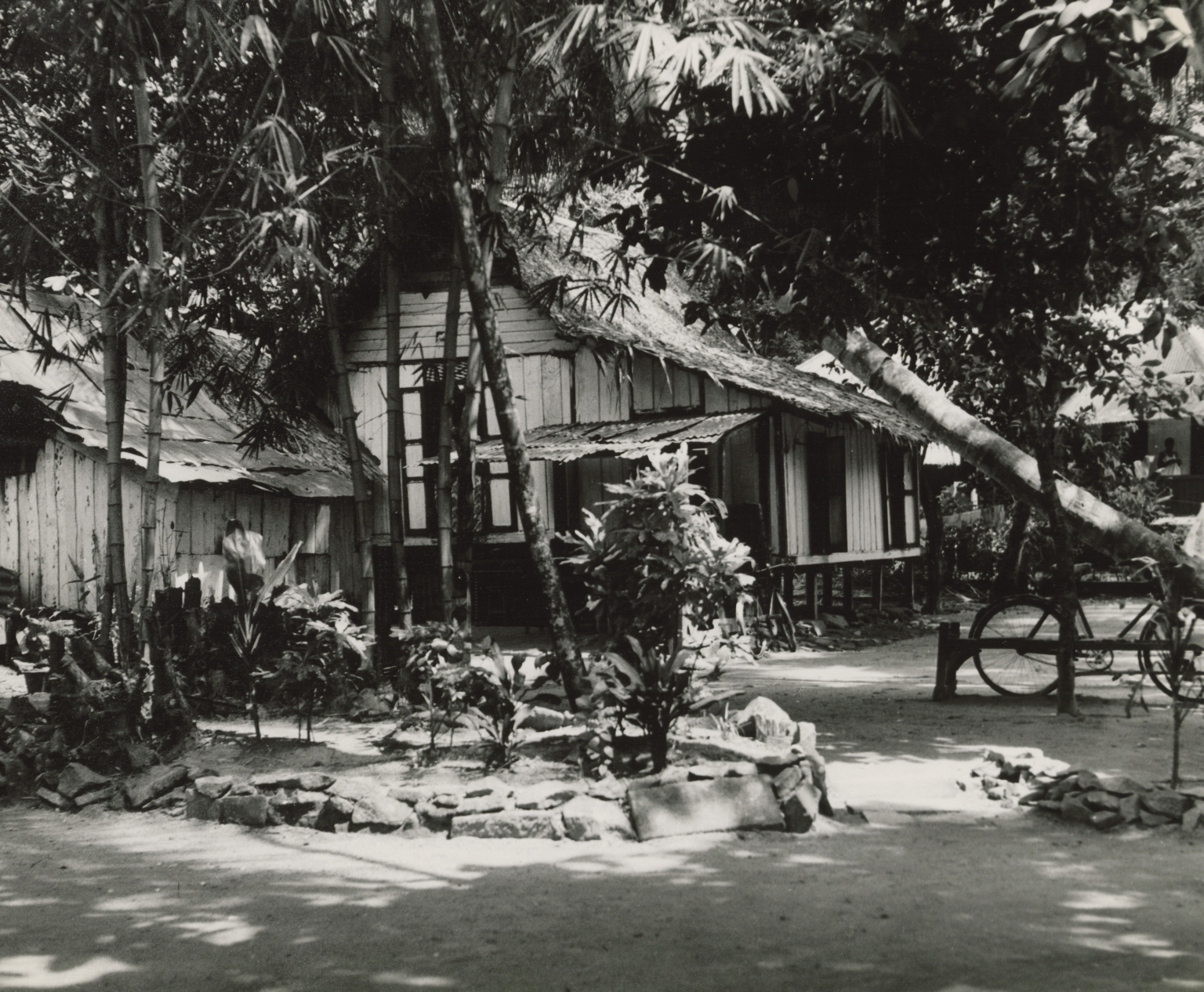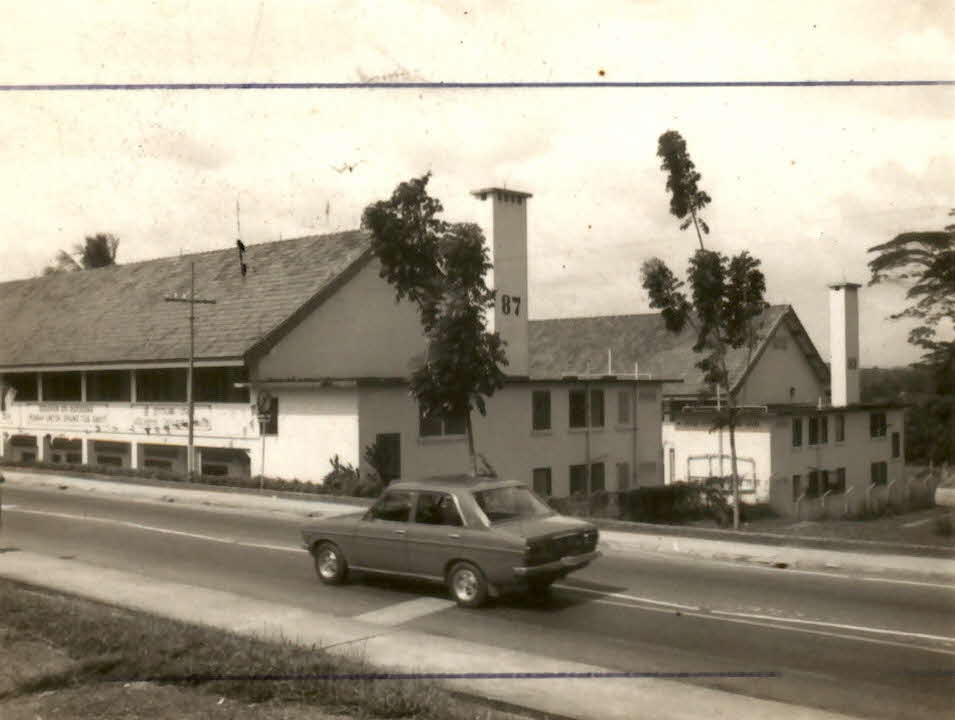This is an inrō, a container to hold medicine or seals. The netsuke, the carved piece at the end of the cord, serves as anchor when the cord is looped around a kimono sash (obi). The orange bead (ojime), slides along the cord, allowing the user to open and close the inrō. From the 17th to mid-19th century, all Japanese wore kimono – a simple T-shaped robe – wrapped around the body and held in place with an obi sash. Inrō are just one of the many ingeniously constructed sagemono (a collective term for “hanging things”) that were carried, wrapped around the obi. Netsuke and inrō were designed and decorated in all sorts of ways over the years, and have become collectors items. This inrō was designed and signed by Koma Koryū (died 1789). It was probably crafted as a special commission for a Dutch customer, or local Japanese client interested in foreign culture. One side shows a Dutchman with a dog and a Javanese servant holding a parasol. On the other side is a Dutch ship. The netsuke is in the form of an elephant, with a boy trying to climb onto it.




